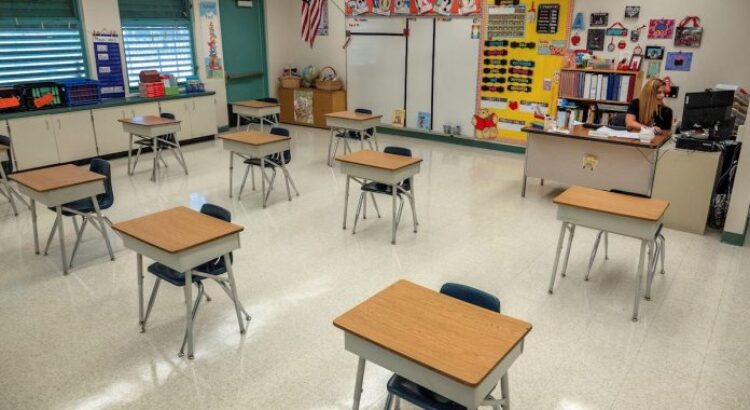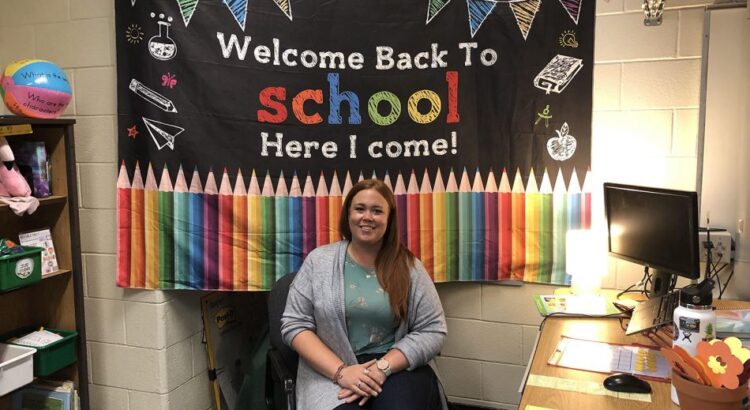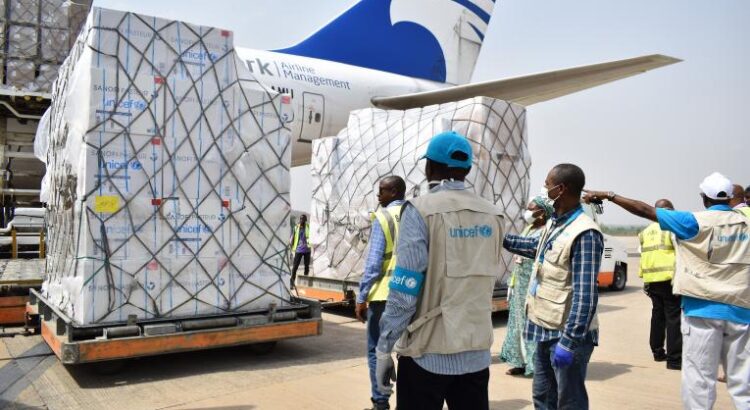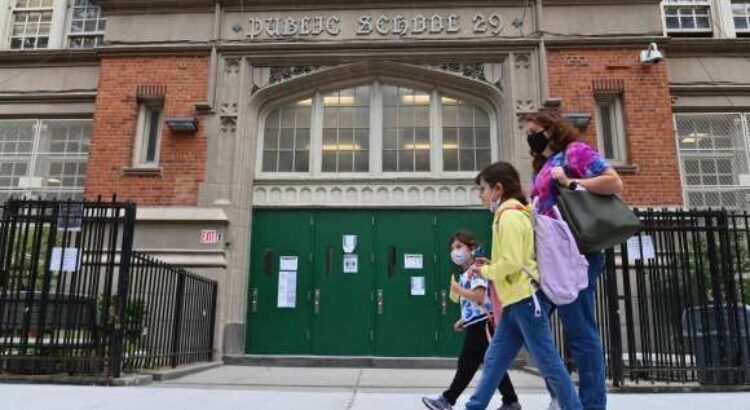El alcalde Bill de Blasio dijo que todos los alumnos que regresen a clase serán sometidos a test de covid-19 semanales en vez de mensuales.
La ciudad de Nueva York reabrirá las escuelas primarias y ofrecerá clases presenciales para alumnos con necesidades especiales de todas las edades desde el 7 de diciembre pese al aumento reciente de casos del coronavirus, anunció el domingo el alcalde Bill de Blasio, bajo presión de los padres.
El alcalde anunció el abandono de la orden que estipulaba el cierre de todas las escuelas si la tasa de pruebas positivas supera el 3% durante siete días seguidos, en momentos en que los casos aumentan en Nueva York y la tasa actual es de 3,1%.
“Ahora tenemos muchas pruebas de lo seguras que pueden ser las escuelas“, precisó De Blasio en una conferencia de prensa. Agregó que todos los alumnos que regresen a clase serán sometidos a test de covid-19 semanales en vez de mensuales.
“Cuando sea posible avanzaremos hacia un aprendizaje en persona cinco días a la semana” para estos alumnos, indicó asimismo en su cuenta de Twitter.
Hasta ahora las clases presenciales solo fueron ofrecidas dos o tres veces por semana.
“Queremos a nuestros chicos tanto tiempo como sea posible en el salón de clases. Nuestras familias también lo quieren. Trabajaremos para que eso suceda”, indicó el alcalde demócrata.
Mejor en la escuela
“La reapertura de las escuelas en la ciudad de Nueva York es la dirección y la decisión correctas”, dijo por su lado el gobernador Andrew Cuomo en una teleconferencia de prensa.
“Literalmente en todo el mundo, funcionarios de organizaciones, expertos europeos y estadounidenses, todos dicen que si la tasa de infección en escuelas está bajo control, y está por debajo del nivel de la comunidad, es mejor que los niños estén en la escuela”, añadió.
Las clases para estudiantes que no están en primaria ni tienen necesidades especiales seguirán siendo 100% remotas.
Nueva York canceló todas las clases presenciales el 19 de noviembre, en medio de una segunda ola de covid-19, porque la ciudad alcanzó el umbral de test positivos de 3% acordado con el sindicato de maestros para decretar un cierre.
La decisión enfureció a miles de padres que protestaron frente al ayuntamiento porque bares y restaurantes permanecen abiertos, mientras las escuelas están cerradas. Señalaban asimismo el ejemplo de Europa, donde las escuelas han permanecido abiertas a pesar de la pandemia.
Los padres argumentan que la tasa de test positivos en escuelas es muchísimo más bajo que en el resto de la ciudad, y que el cierre castiga a los niños más desfavorecidos -como los 60.000 que no tienen computadora- y a las madres que trabajan.
Anthony Fauci, director del gubernamental Instituto Nacional de Alergias y Enfermedades Infecciosas, advirtió el domingo sobre un fuerte aumento en la curva de contagios después de la celebración de Acción de Gracias, y recomendó que cierren los bares y mantengan abiertas las escuelas.
Las escuelas de Nueva York cerraron por primera vez el 16 de marzo, cuando la ciudad se convirtió en el epicentro nacional de la pandemia que ha dejado más de 24.200 muertos, hasta el fin del año escolar en junio.
Tras el verano boreal, en septiembre, Nueva York fue la única gran ciudad estadounidense que reabrió las escuelas parcialmente para clases presenciales, aunque con un mes de atraso para instalar medidas de seguridad negociadas con el sindicato de maestros.
No obstante, de los 1,1 millones de alumnos solo 300.000 aceptaron acudir a las clases presenciales, y el resto optó por un modelo 100% remoto.
Fuente: https://www.elnacional.com/mundo/nueva-york-reabrira-en-diciembre-las-escuelas-primarias-pese-a-avance-del-coronavirus/













 Users Today : 2
Users Today : 2 Total Users : 35460775
Total Users : 35460775 Views Today : 3
Views Today : 3 Total views : 3419980
Total views : 3419980